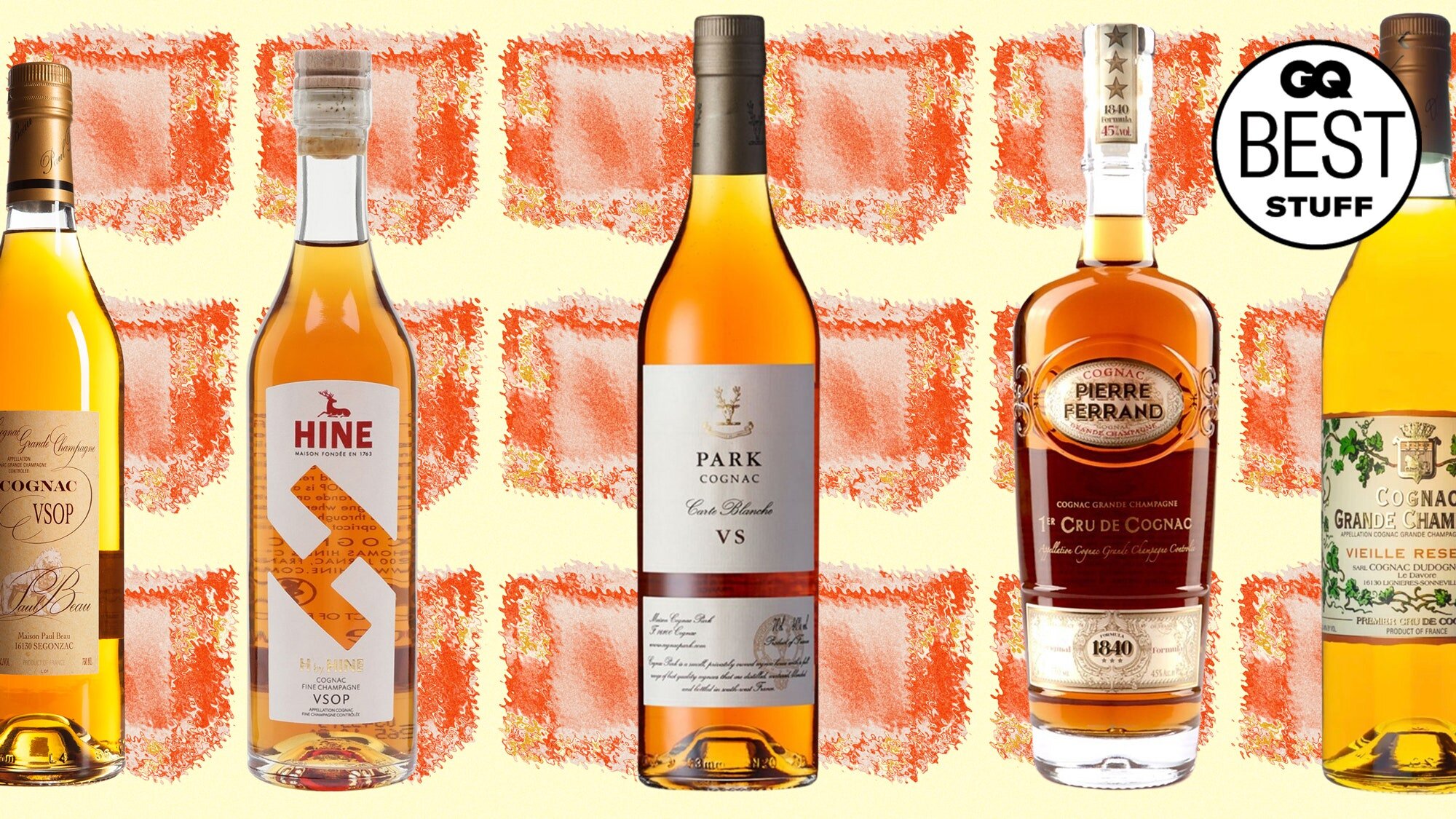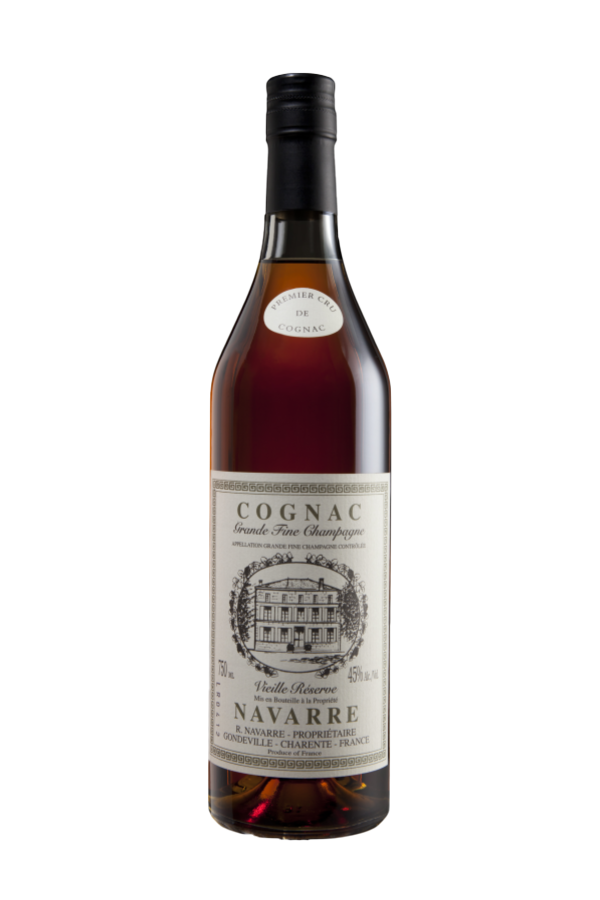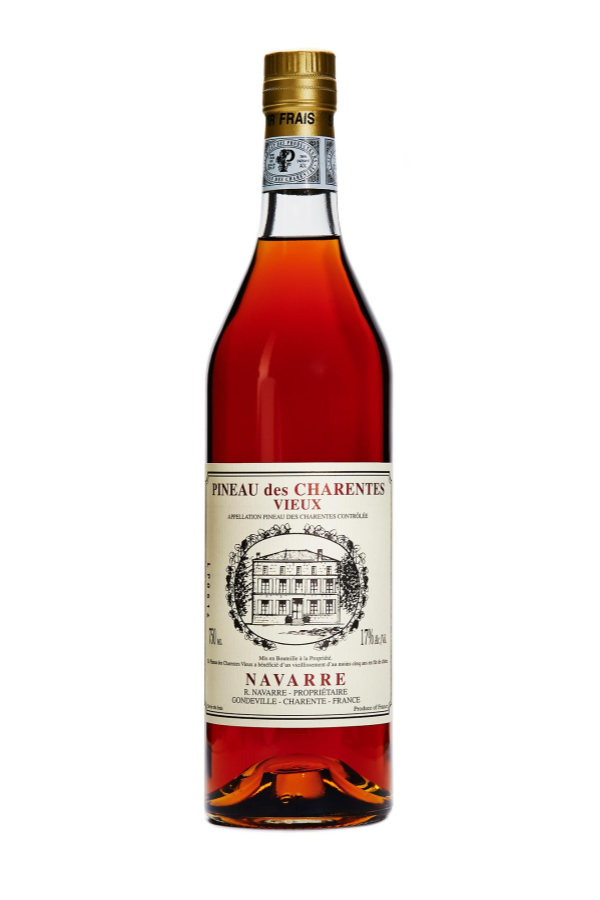An unequivocal translator of time and place, eaux de vie—or unaged fruit brandies—have added a missing I don’t know what to the modern drink.
For the average person, nosing a glass of, say, whiskey, might conjure tasting notes along the lines of “oaky,” “fruity,” or at the most basic, “This is whiskey.” But hand them a glass of eau de vie, or unaged fruit brandy, and even the most novice drinker might say, “Ooh, this smells just like raspberry.” Indeed, the beauty of eau de vie is its clarity of flavor. And thanks to a growing number of top-rate producers who understand the spirit’s potential, and an equally enthusiastic cohort of bartenders who appreciate its strong sense of place, eau de vie has finally found a welcome home on the modern backbar.
Eau de vie—French for “water of life”—is by no means novel. Born and bred in Europe, particularly France, Southern Germany, Austria and Northern Italy, this category of delicate fruit-driven spirit has existed for centuries. Historically, it was considered a peasant spirit, made from the scraps of fruits. Now, eau de vie’s focused flavor has made it a standout option for bartenders seeking unequivocally terroir-driven ingredients to add complexity to any number of cocktails.
Even before craft whiskey brands began exploring the potential for grain to embody flavor characteristics from a specific plot of land or soil type, eau de vie had already put its stake in the ground as a spirit that is first and foremost an agricultural product. “When enthusiasts go to a whisky distillery, there is a lot of emphasis put on fermentation, the still distillation process, the temperature, the number of plates the still has and so on,” explains Nicolas Palazzi, founder of the Brooklyn-based importing company PM Spirits, which brings stateside such renowned eau de vie producers as Rochelt and Cazottes, and starting in early 2022, Capreolus Distillery. “Eau de vie producers don’t care as much about distillation as other categories do; they care about the field, the vines, the orchard, the fruits,” Palazzi adds. “There is a relation to the land that is not necessarily present with producers who either distill grains or fruits for the purpose of aging the distillate.”
In this way, eau de vie producers share much in common with contemporary winemakers. No matter the raw material—be it apple (pomme), quince (coing), raspberry (framboise) or plum (mirabelle)—distillers are looking for fruits of the highest quality, which are grown in ideal conditions and harvested at the peak of their flavor. Like wine, variations in flavor can be tasted in each vintage, or even between parcels of land within the same vintage.
“At one time, I would have said that terroir in spirits is impossible because the distillation process would strip anything from the initial source,” says Ben Robinson, sommelier at Moor Hall, a restaurant with two Michelin stars in Lancashire, England. “However, over the last few years, I would have to say that there could be a sense of terroir in eaux de vie.”


















